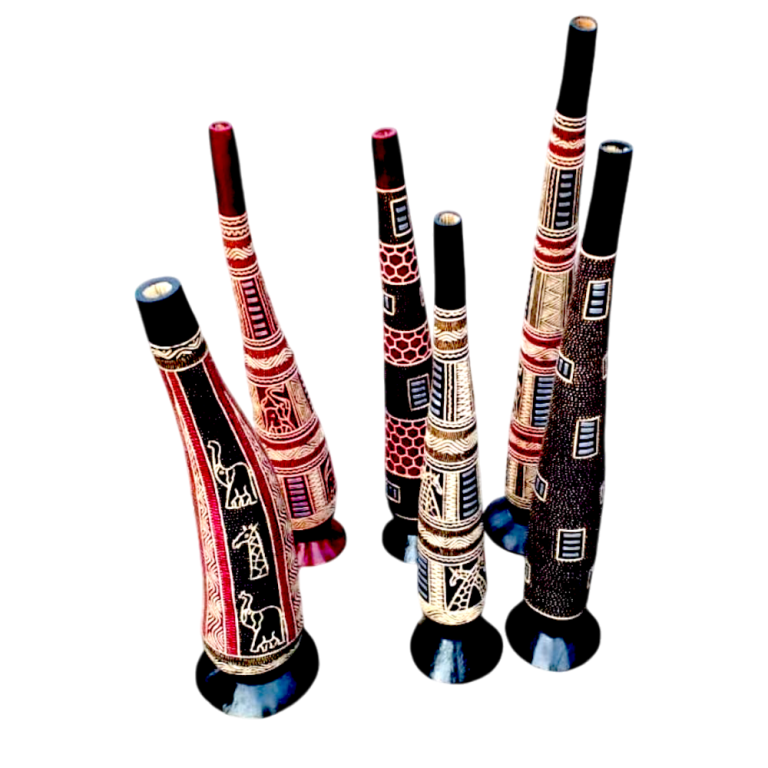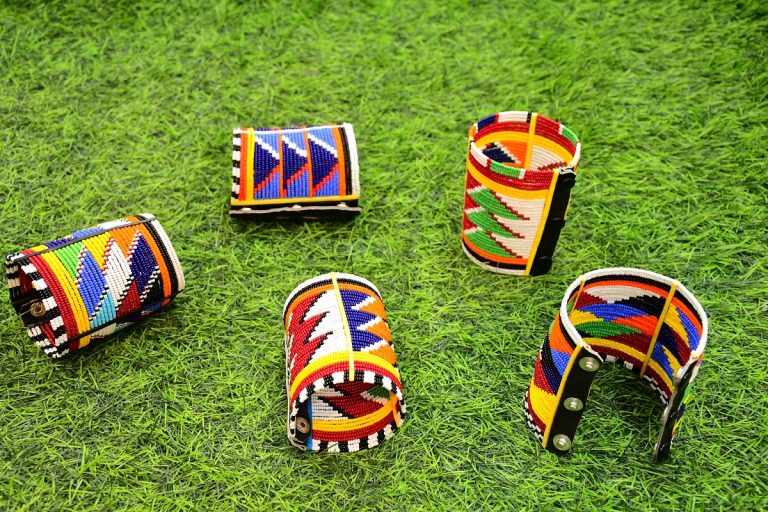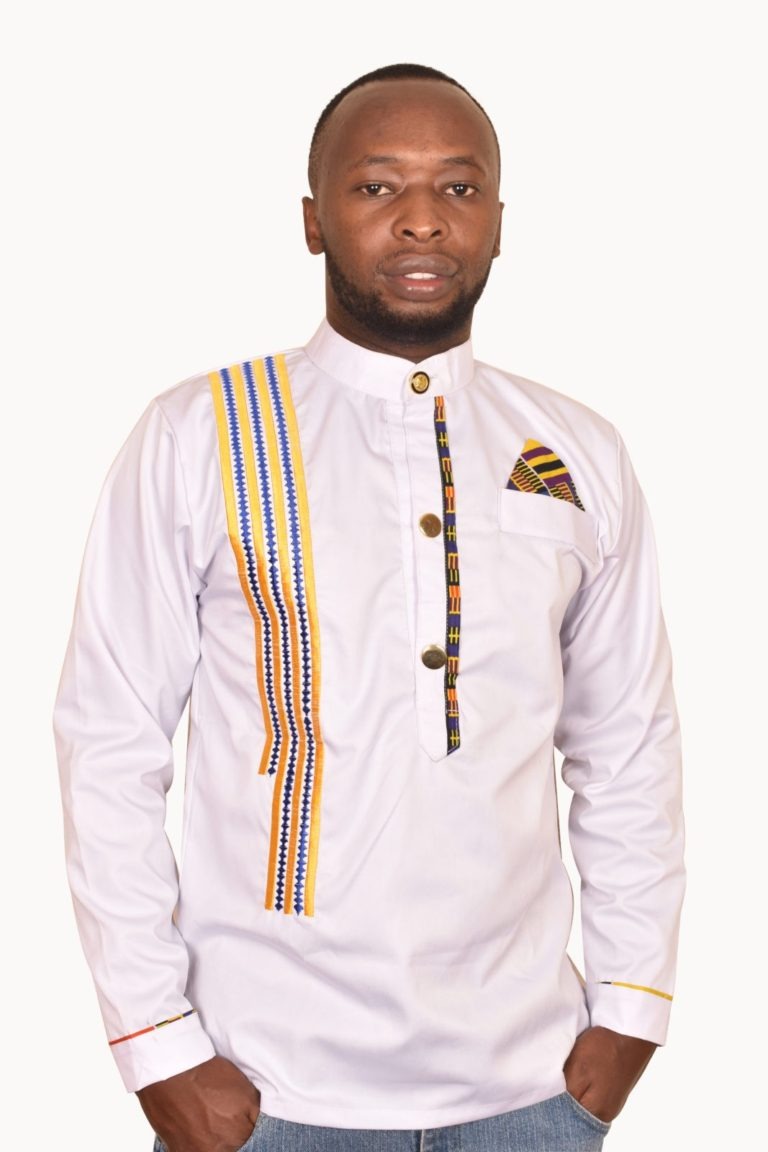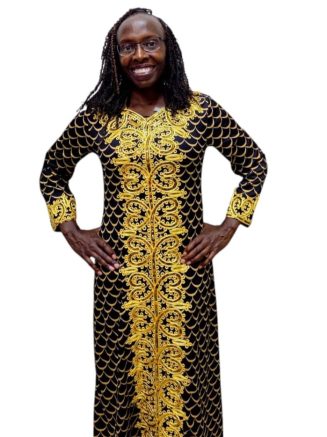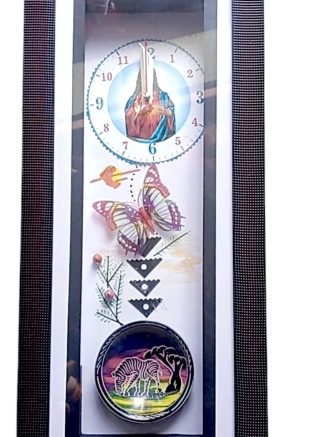Kenya’s Traditional Patterns
In the heart of Africa, Kenya stands as a beacon of cultural richness and diversity, its identity vividly expressed through traditional patterns that are much more than just designs. These patterns, embedded in textiles, pottery, and even architecture, are not only a feast for the eyes but also a profound narrative of the Kenyan people’s heritage, values, and beliefs. This exploration into Kenya’s traditional patterns reveals their significance beyond mere aesthetics, delving into their historical, social, and cultural implications.
The Essence of Kenyan Patterns
Kenya’s traditional patterns are a testament to the country’s multifaceted cultural landscape, which is home to over 40 different ethnic groups, each with its unique motifs and symbols. These designs serve as a visual language, telling stories of communal identities, historical events, and connections with the natural world. From the intricate beadwork of the Maasai to the symbolic decorations of the Kikuyu, each pattern carries a deeper meaning, often reflecting social status, age, marital status, and even hopes or prayers for the future.
Historical Roots and Evolution
The origins of Kenya’s traditional patterns trace back centuries, deeply rooted in the nation’s history and evolution. Initially, these designs were inspired by the natural surroundings, incorporating representations of animals, plants, and geographical features that were integral to the communities’ lives. Over time, as societies evolved and interactions among different communities increased, these patterns also transformed, absorbing influences and adapting to reflect changing realities and perspectives.

Cultural Significance and Symbolism
In Kenyan culture, traditional patterns are imbued with profound symbolism. For example, the Maasai people are renowned for their use of vibrant beads in creating patterns that signify social status, age, and even achievements. Similarly, the Kamba’s skilled basketry features geometric patterns that have been passed down through generations, each with its own story. These patterns are not merely decorative; they are a form of non-verbal communication, a way of preserving and transmitting cultural knowledge and values.
The Role of Traditional Patterns in Modern Kenya
Today, Kenya’s traditional patterns continue to play a pivotal role in the country’s cultural expression, bridging the gap between the past and the present. Contemporary Kenyan artists and designers draw inspiration from these age-old motifs, infusing them into modern fashion, art, and design. This fusion not only celebrates Kenyan heritage but also introduces it to a global audience, showcasing the timeless beauty and relevance of these patterns in today’s world.
Preservation and Innovation
As Kenya moves forward, the preservation of its traditional patterns is crucial. Efforts by cultural institutions, communities, and artists to document and revive traditional crafts have been instrumental in keeping this heritage alive. Moreover, innovative approaches, such as incorporating traditional motifs into contemporary products, not only ensure the patterns’ survival but also contribute to the economic empowerment of local artisans.
Challenges and Opportunities
The journey of preserving and celebrating Kenya’s traditional patterns is not without challenges. Globalization and the influx of mass-produced goods pose a threat to the survival of traditional crafts. However, these challenges also present opportunities for innovation and global outreach. By leveraging technology and social media, Kenyan artisans and designers can showcase their work to a worldwide audience, securing a place for traditional patterns in the global market.
Beyond Just Designs
Kenya’s traditional patterns are a vivid reminder of the country’s rich cultural tapestry. They are not just designs but symbols of identity, unity, and continuity that link the past with the present and future. As we appreciate the beauty and craftsmanship of these patterns, it’s essential to recognize their deeper significance and the role they play in shaping the cultural narrative of Kenya. By preserving and promoting these traditional patterns, we not only honor the memory of the ancestors who created them but also ensure that this rich heritage continues to inspire and inform generations to come.
In exploring Kenya’s traditional patterns, we find a world where art meets history, and where every motif tells a story of resilience, community, and hope. These patterns remind us that culture is dynamic, constantly evolving yet deeply rooted in the past. As Kenya continues to navigate the path of modernity, its traditional patterns stand as a testament to the enduring spirit and creativity of its people, making them indeed much more than just designs.




